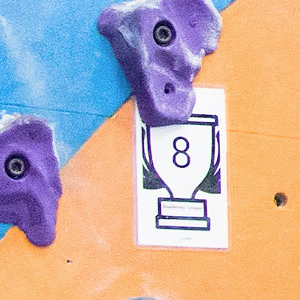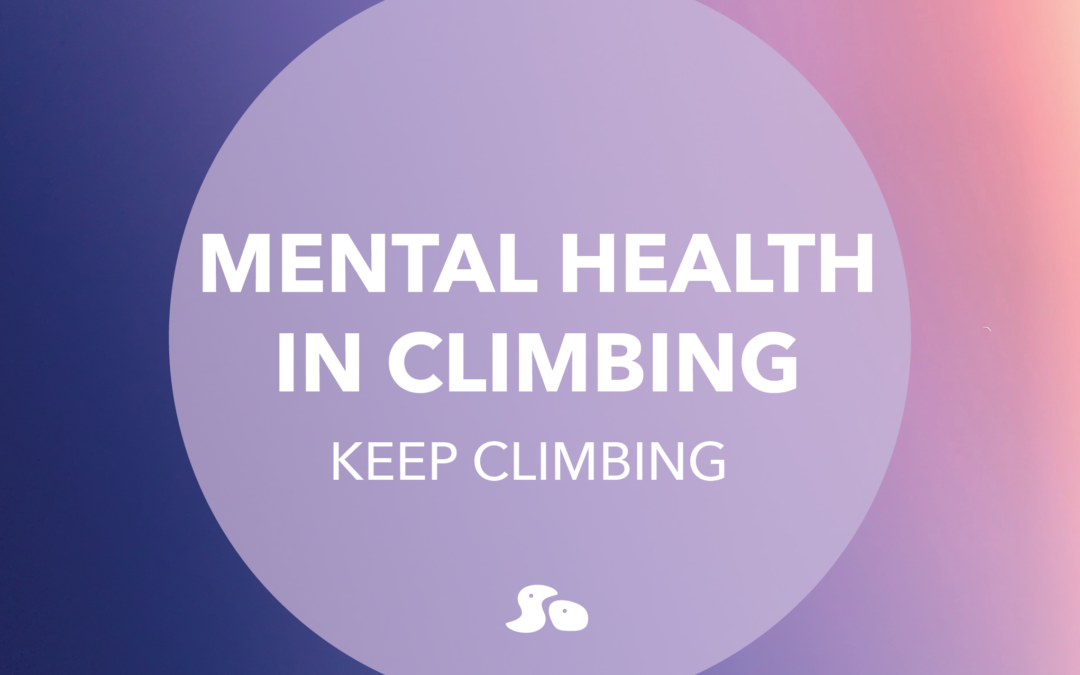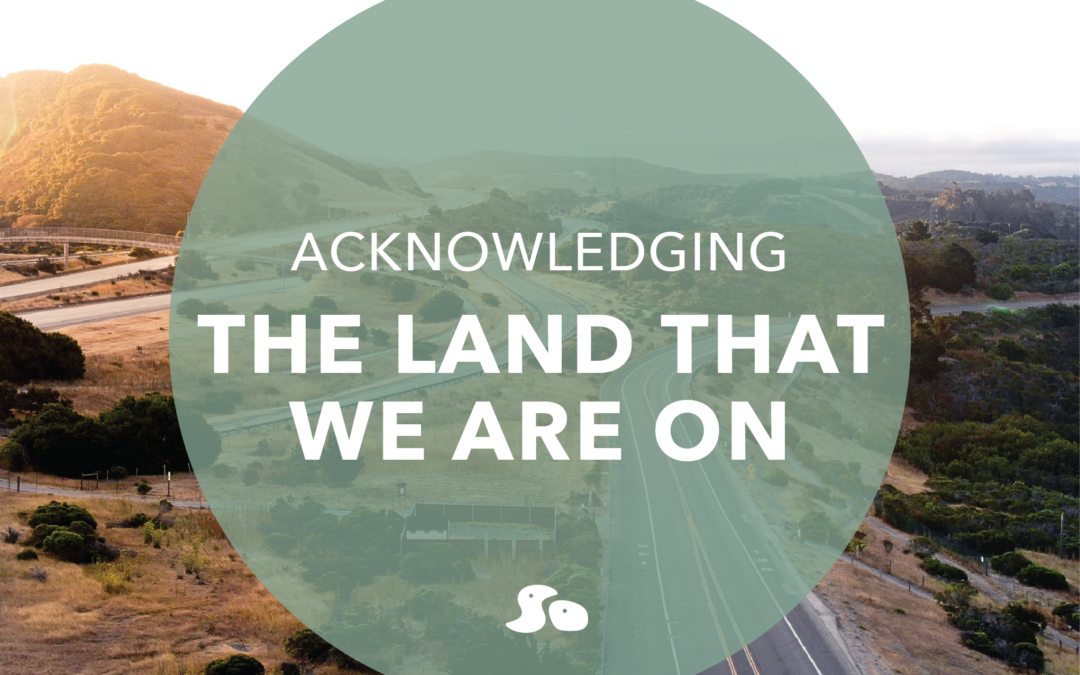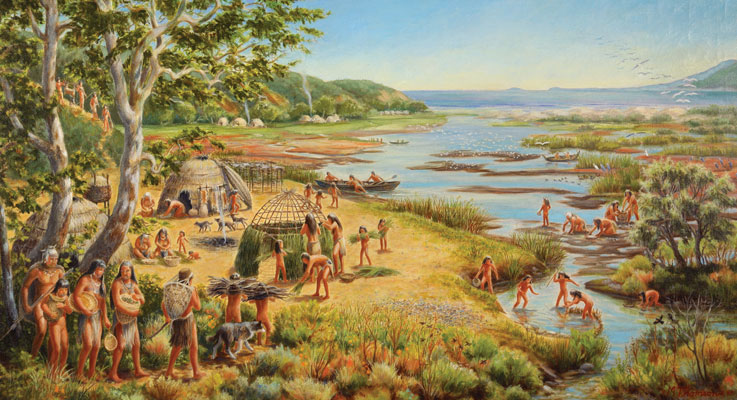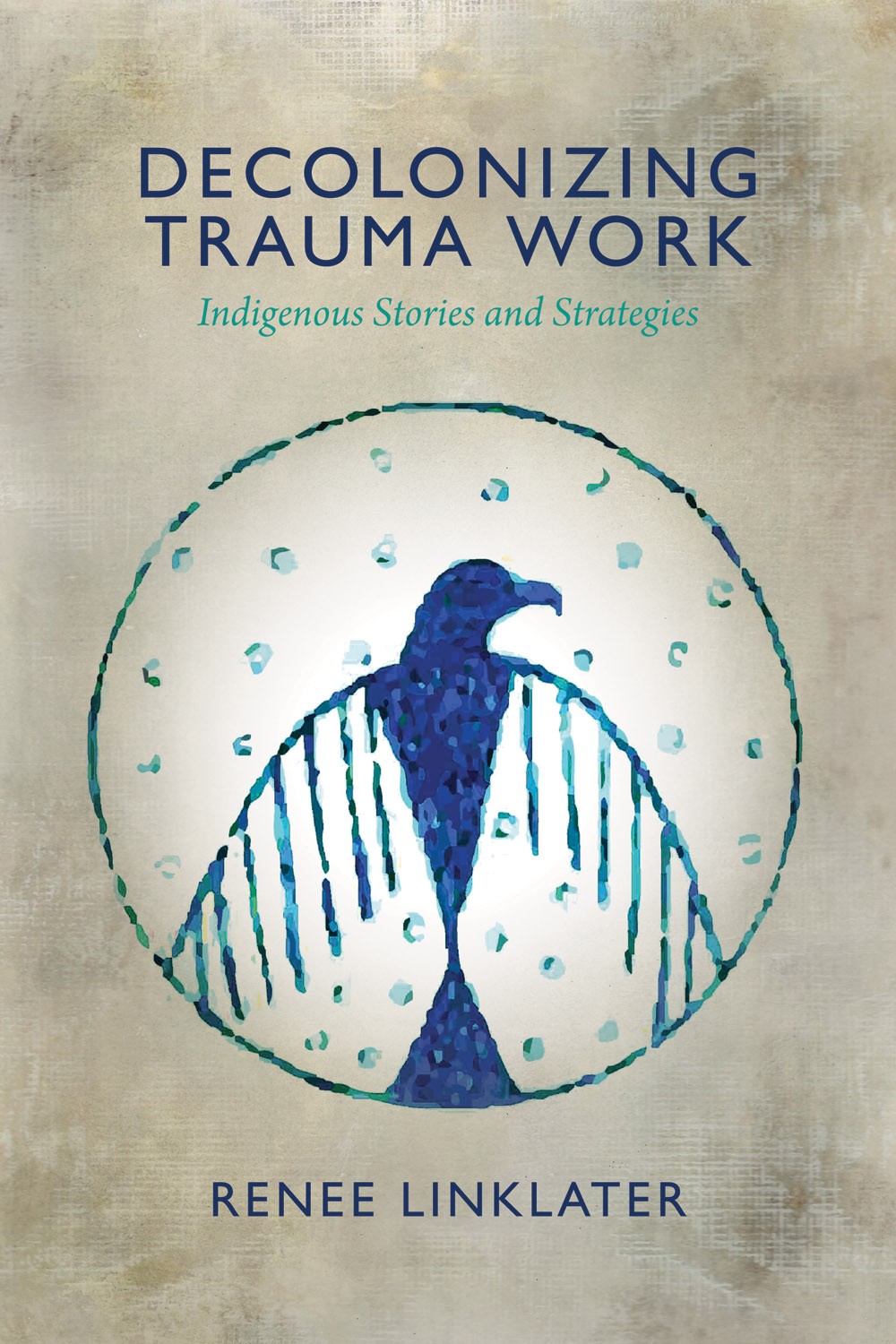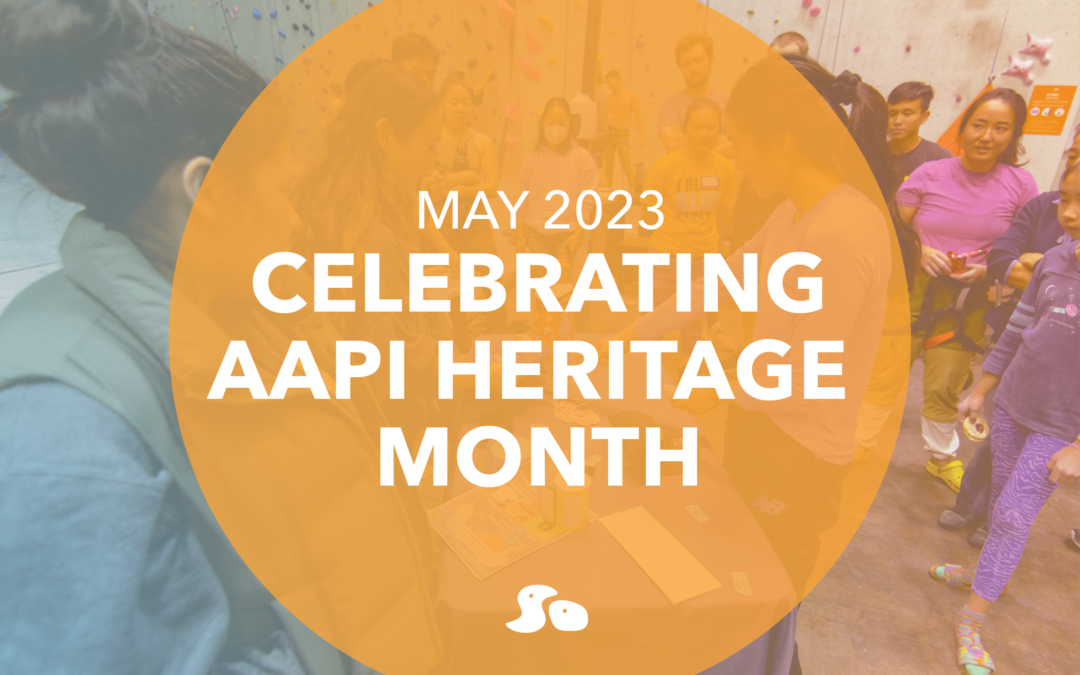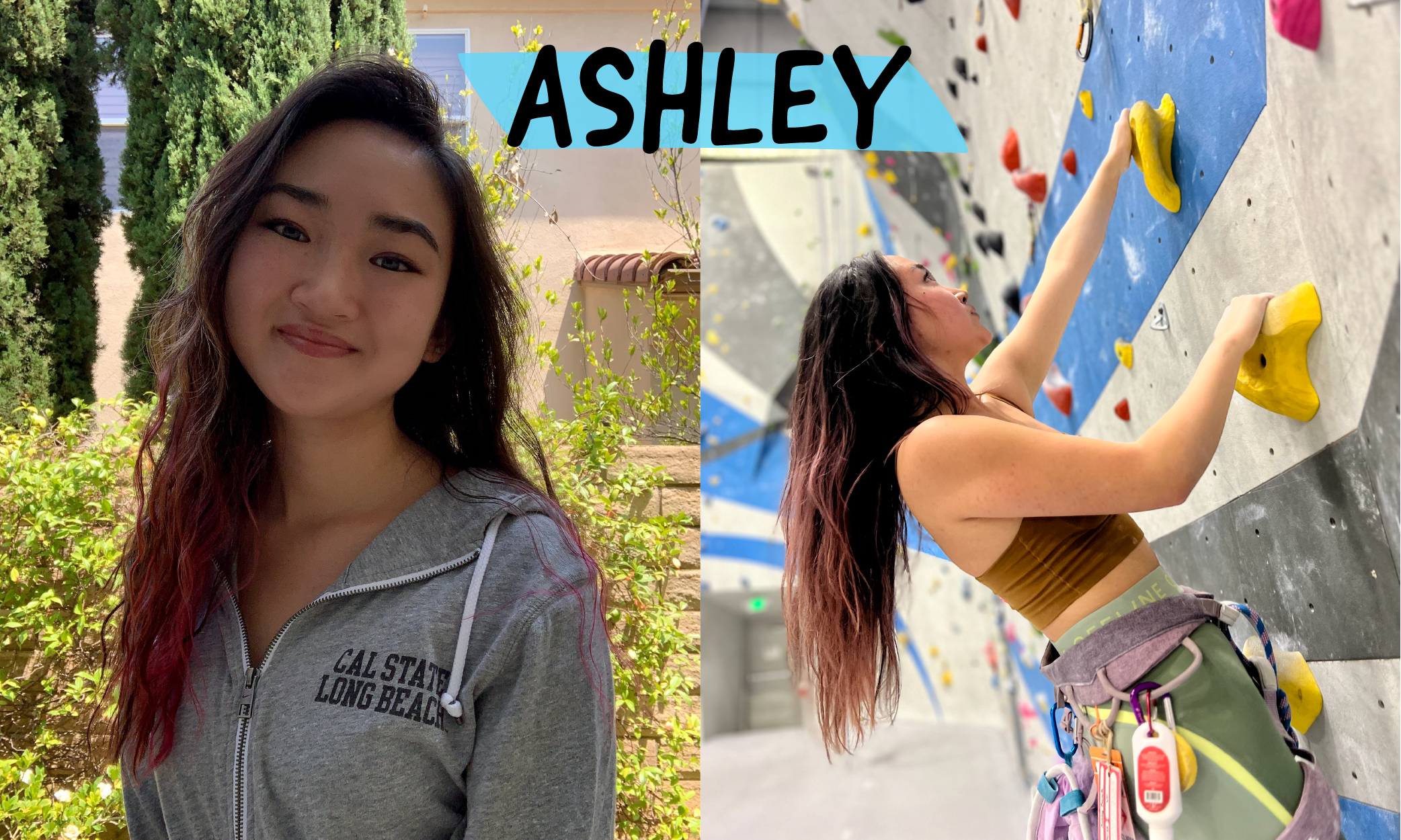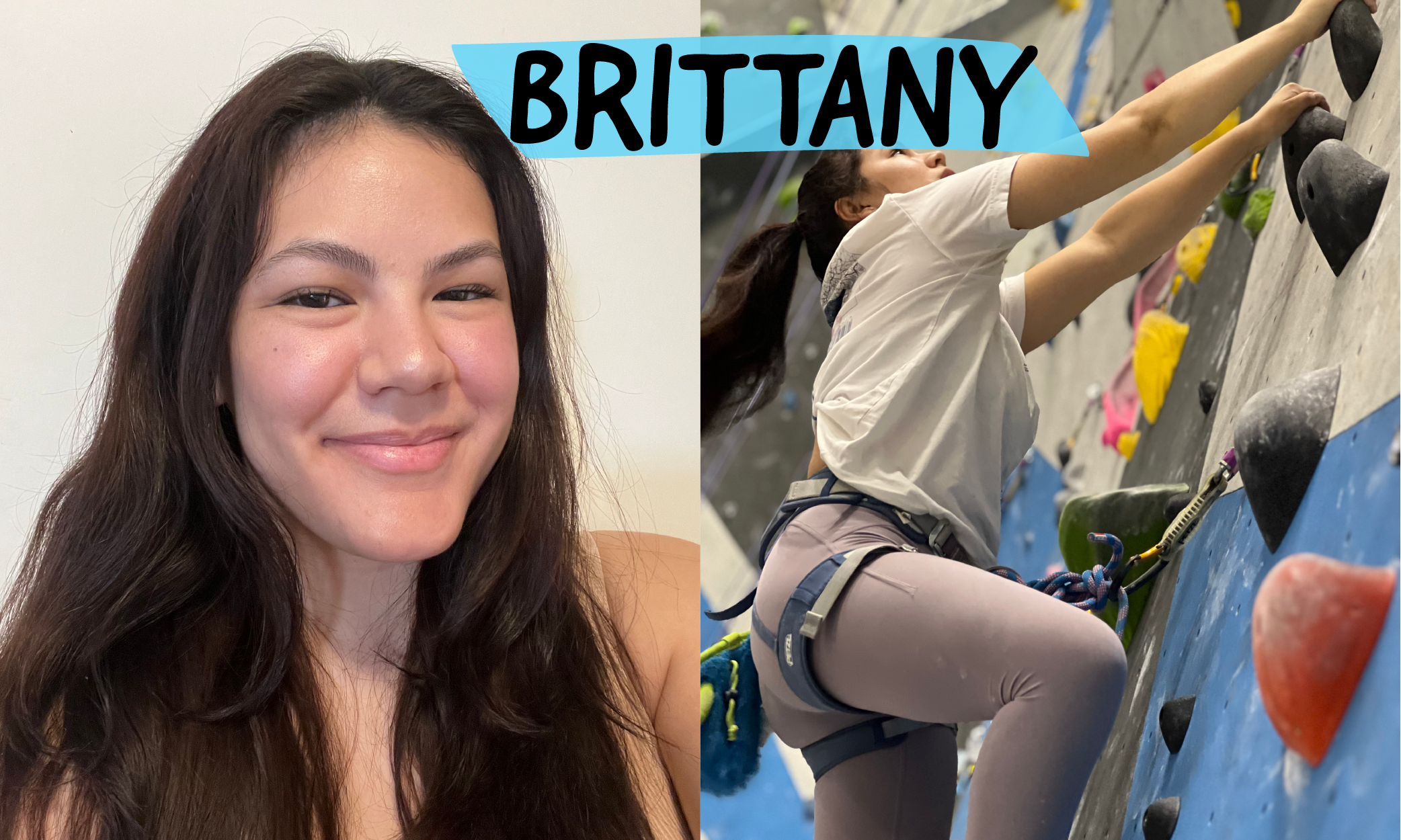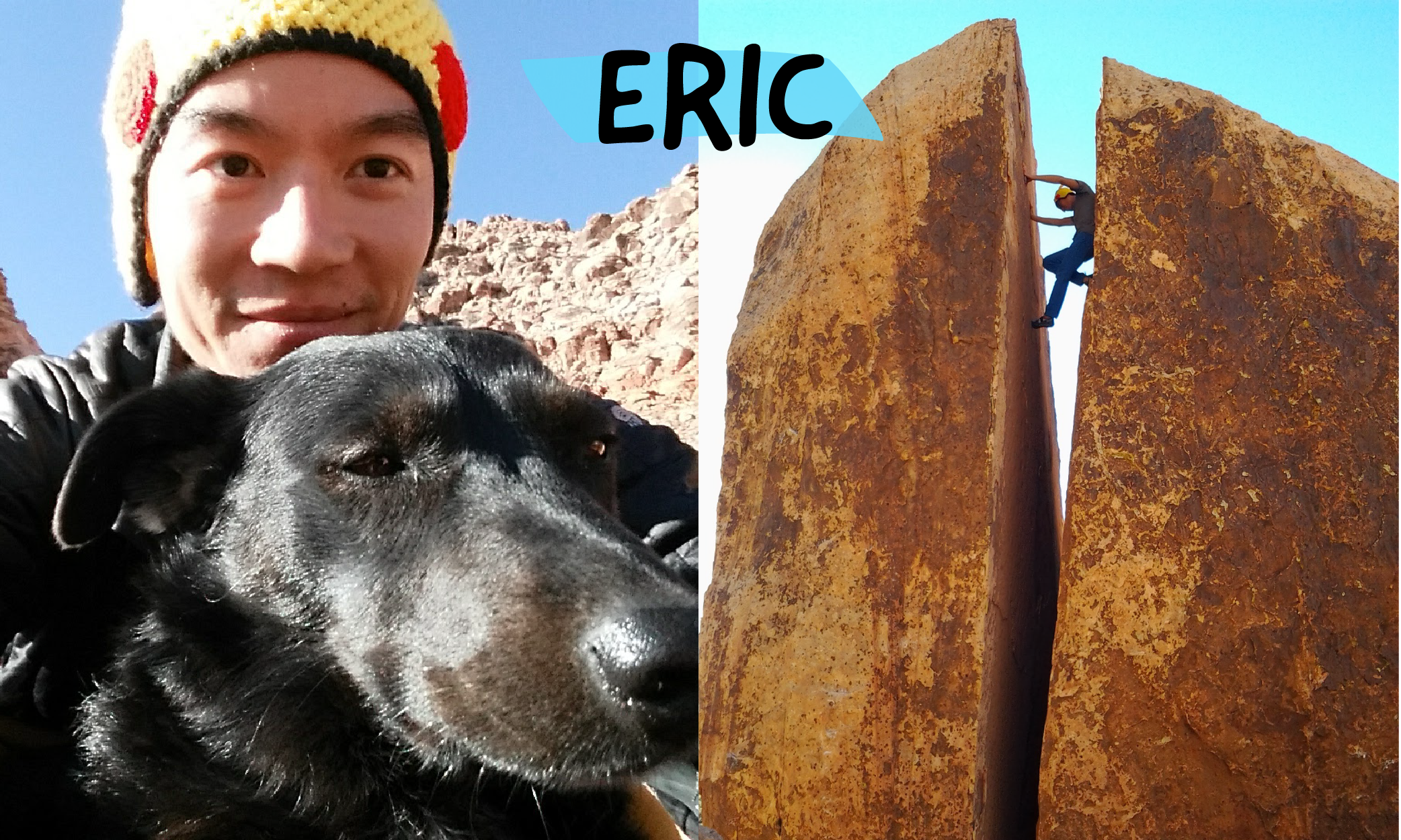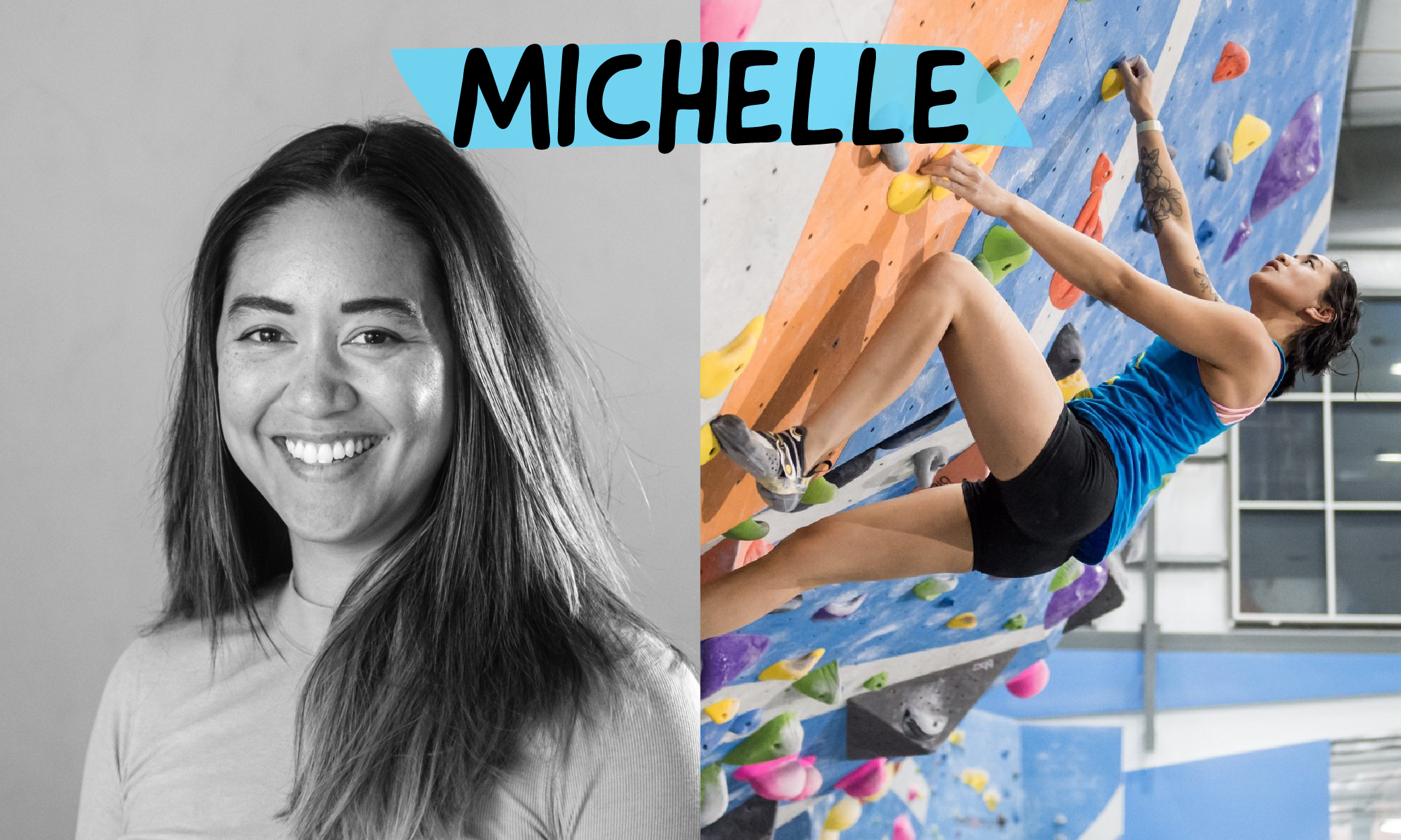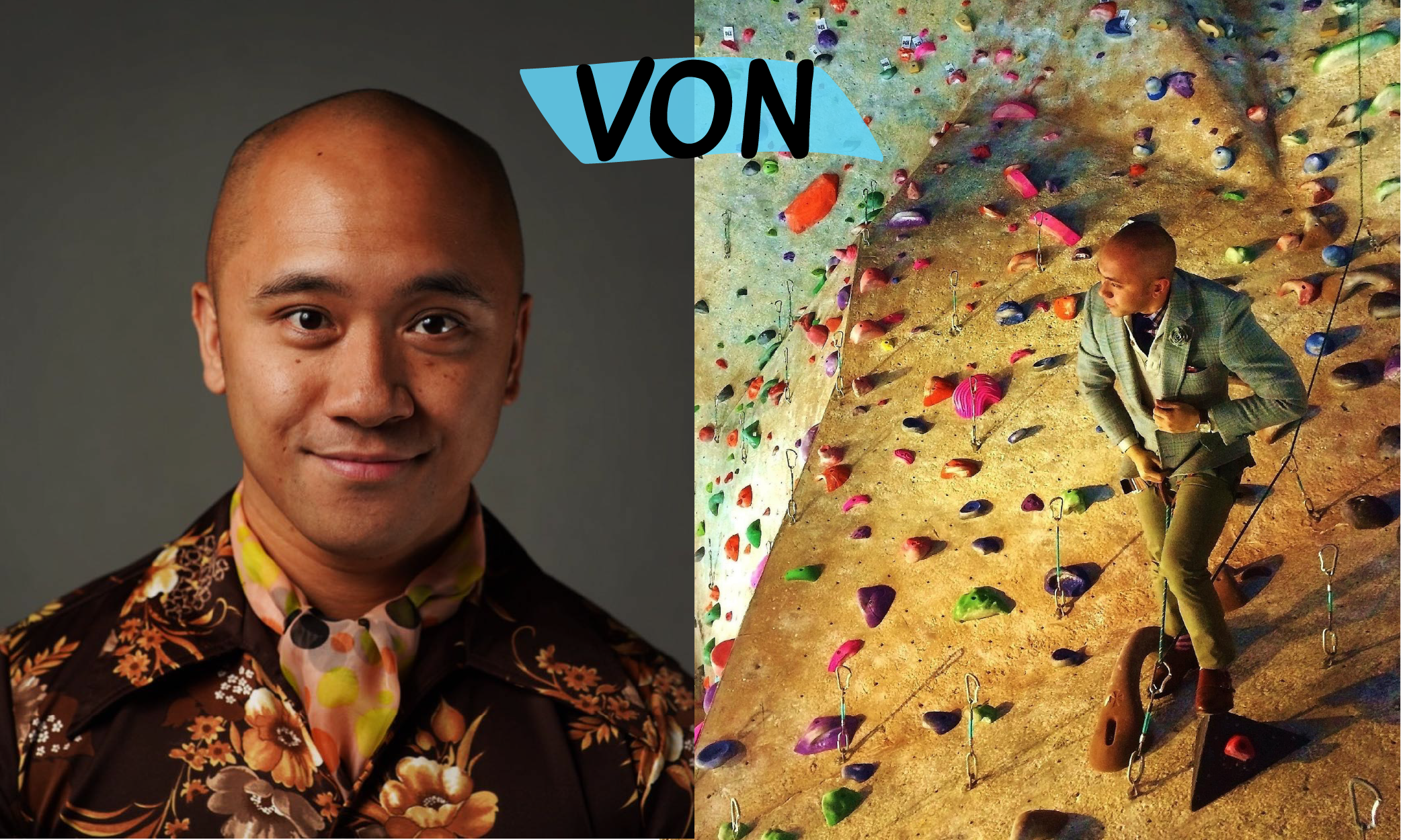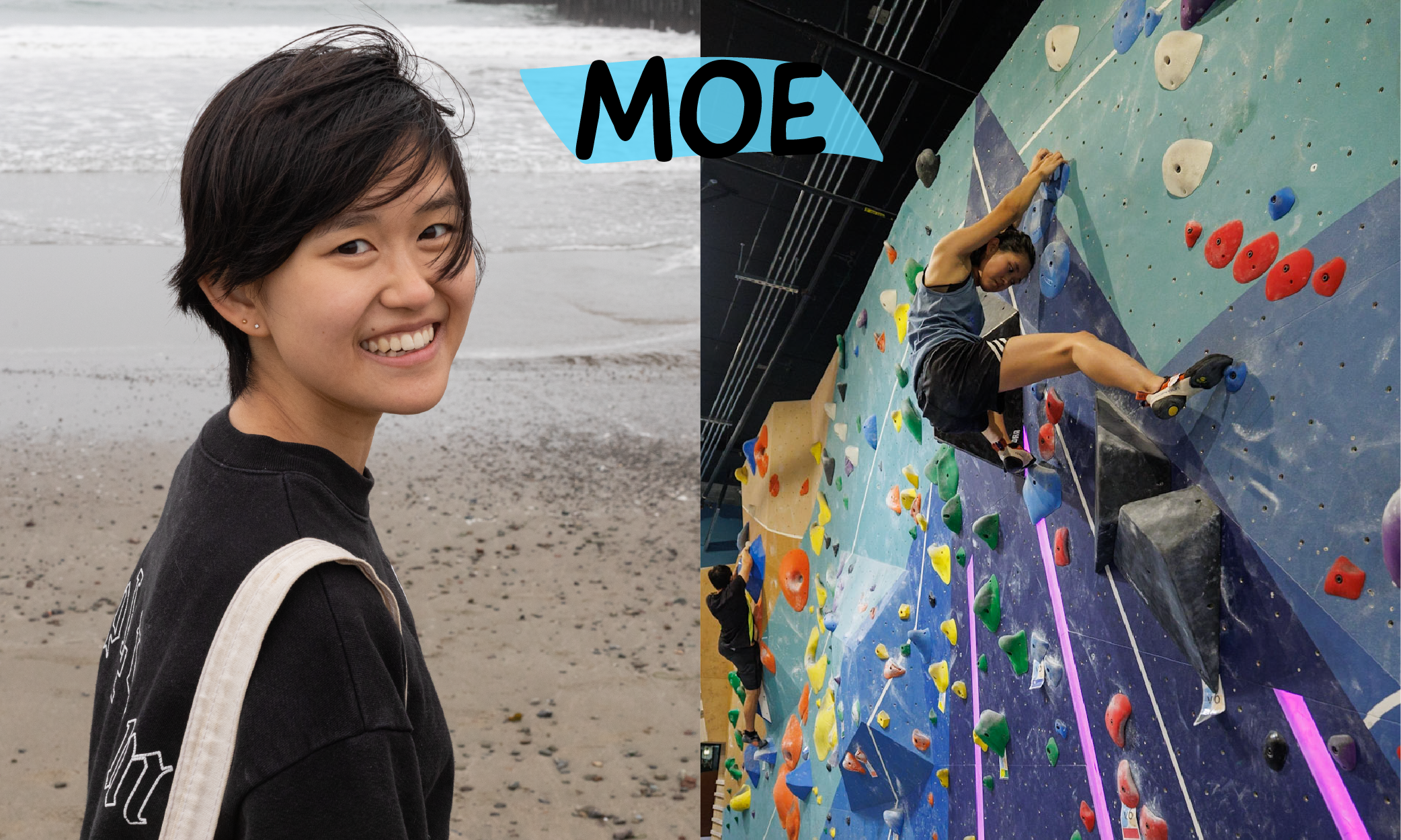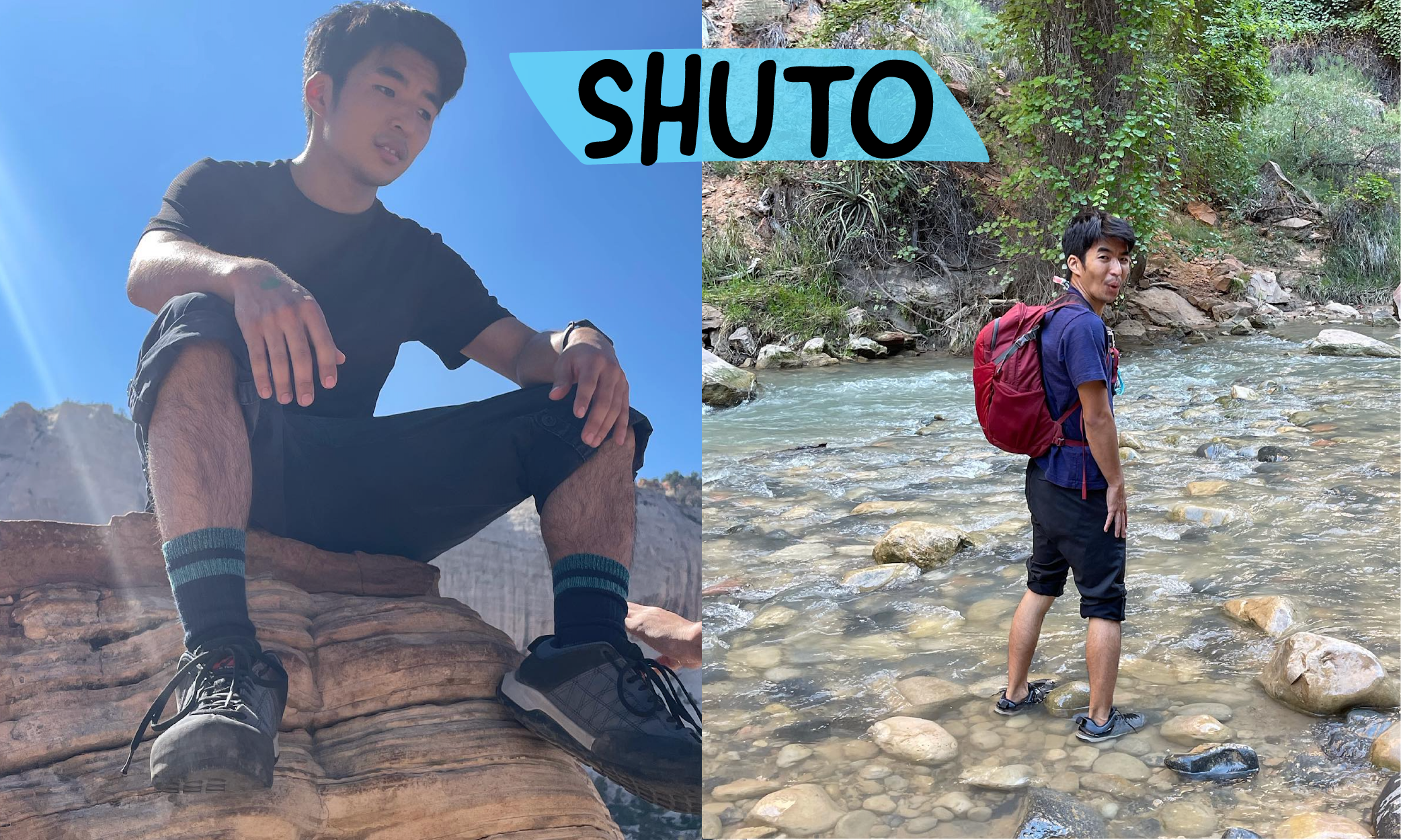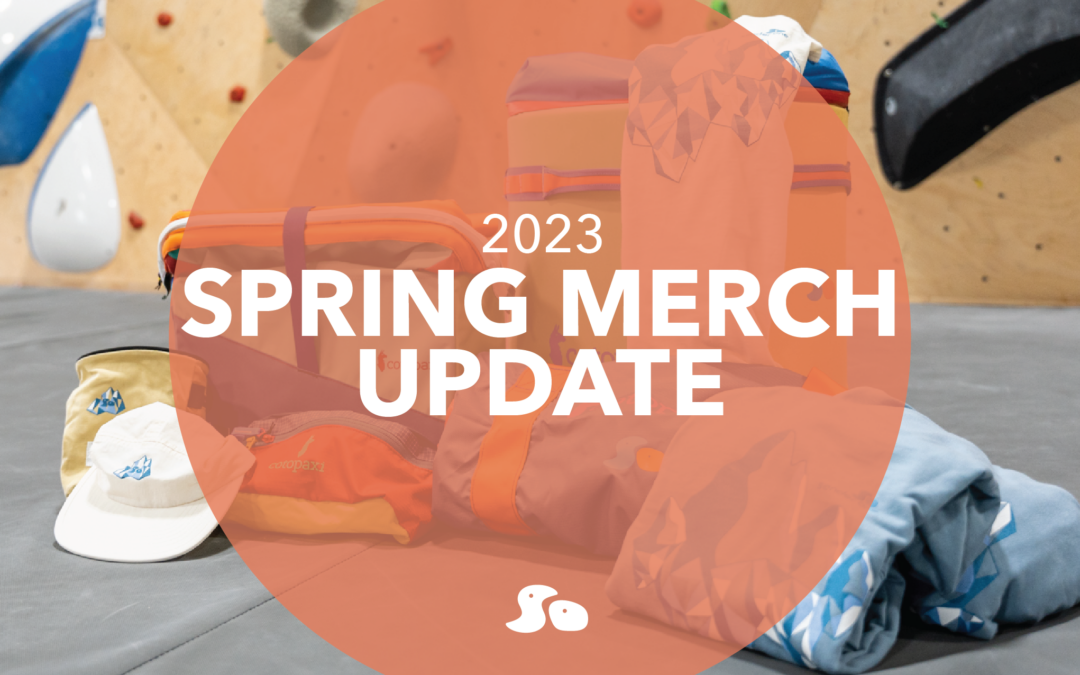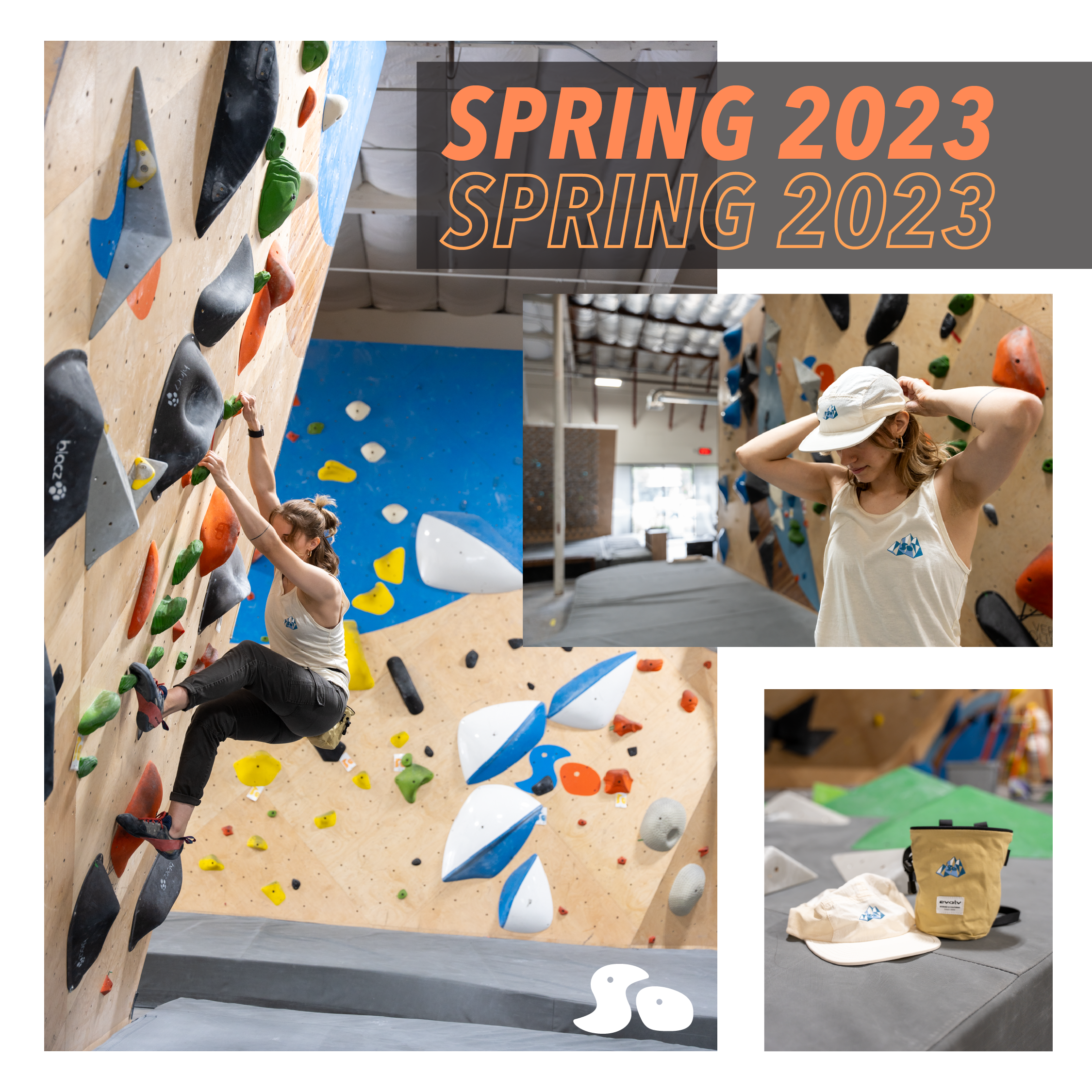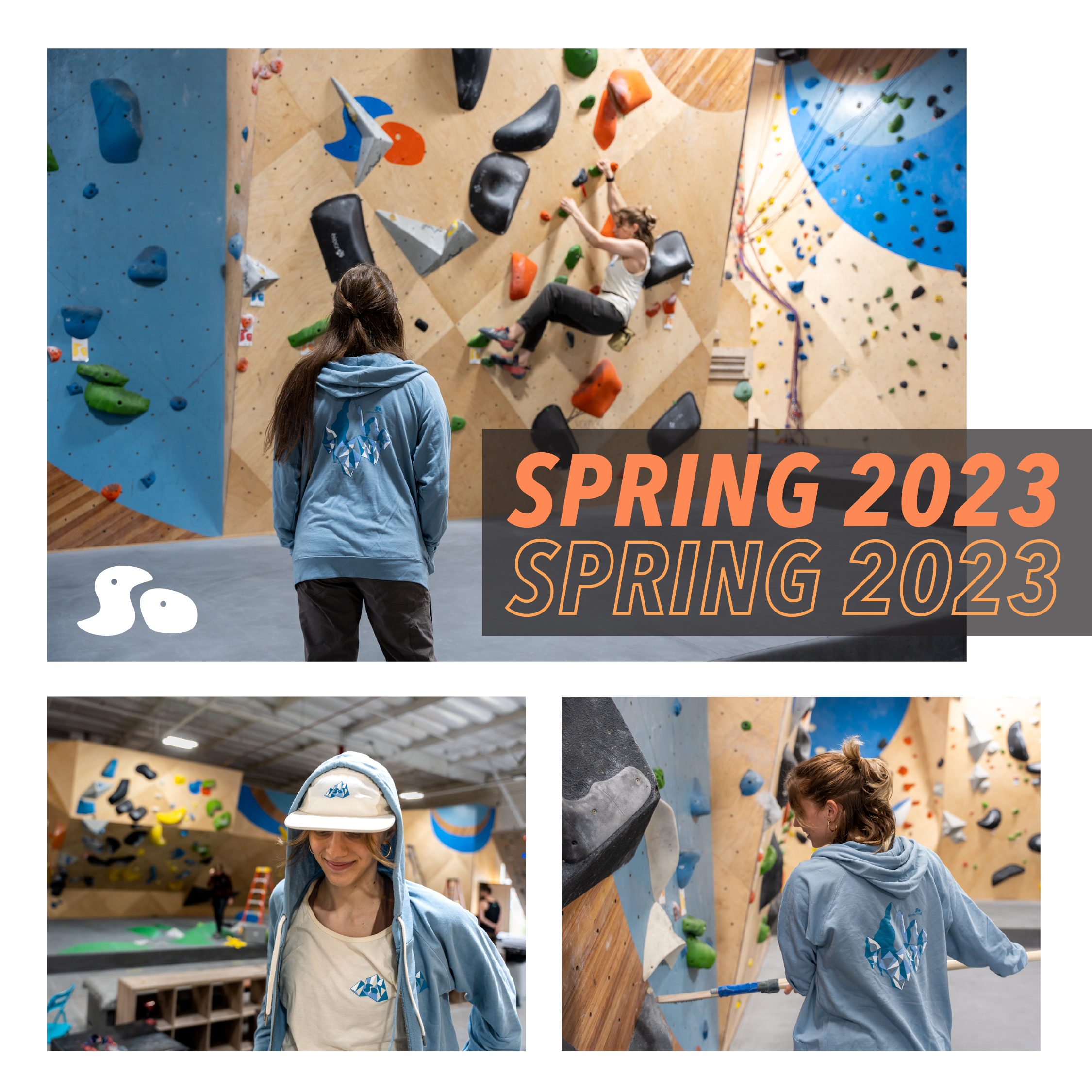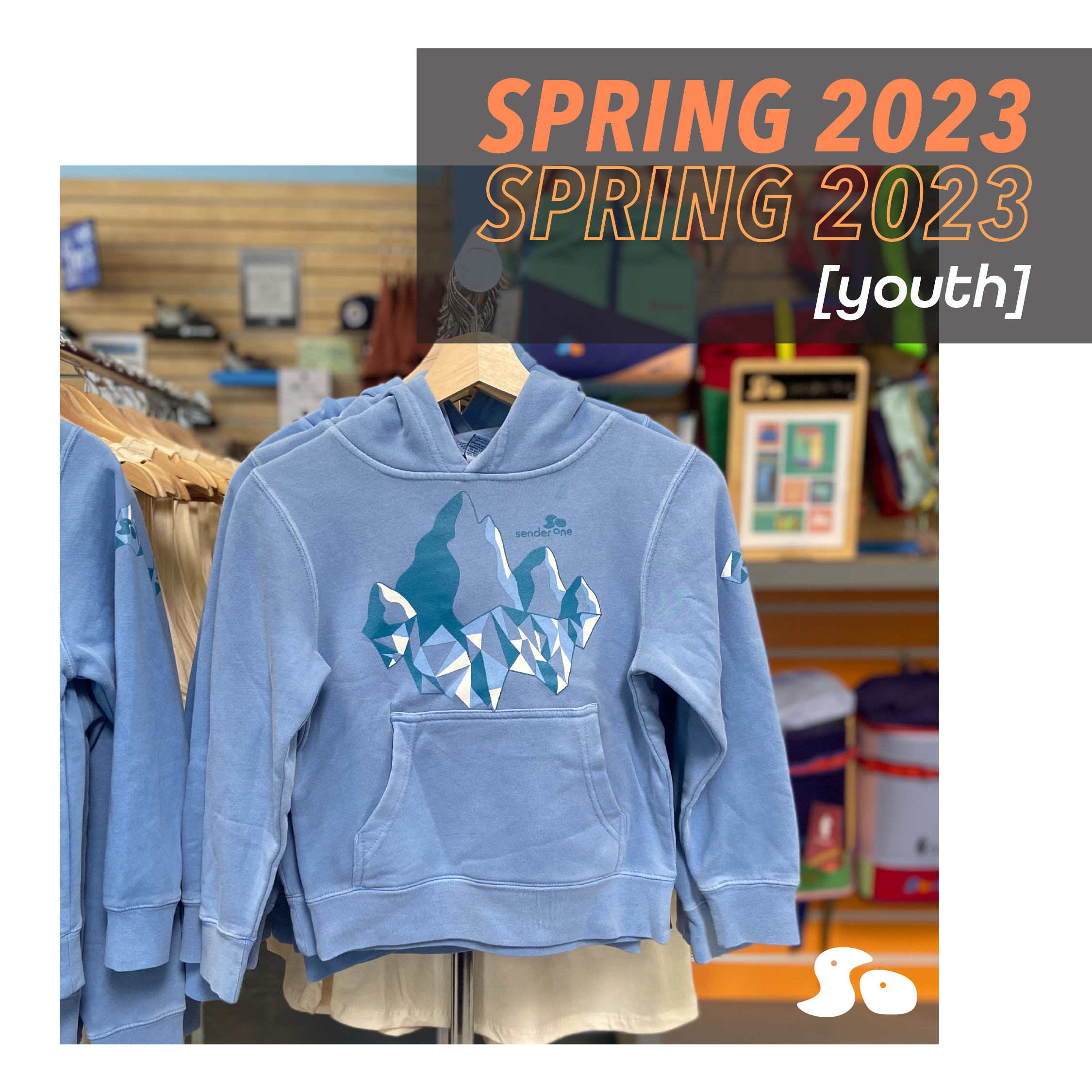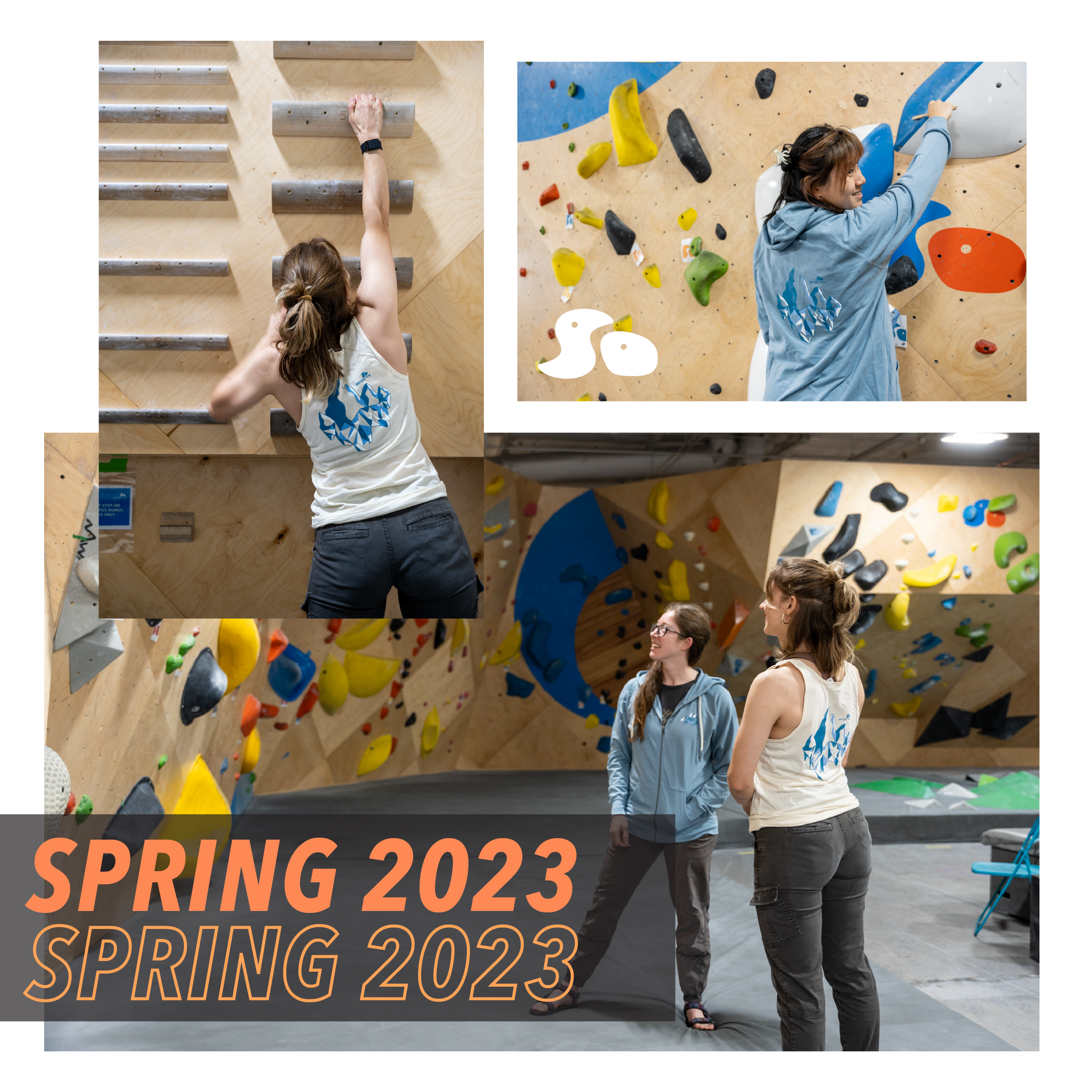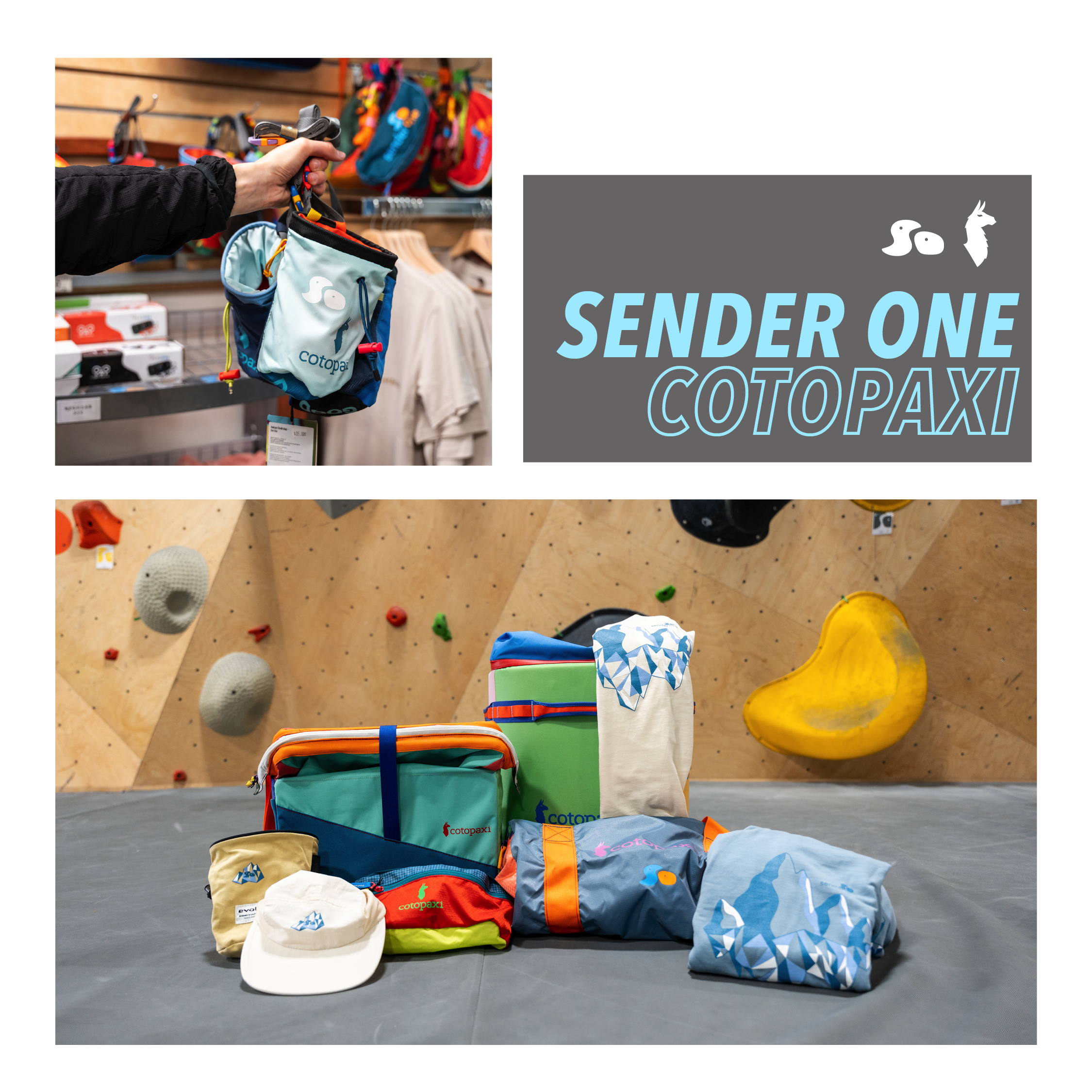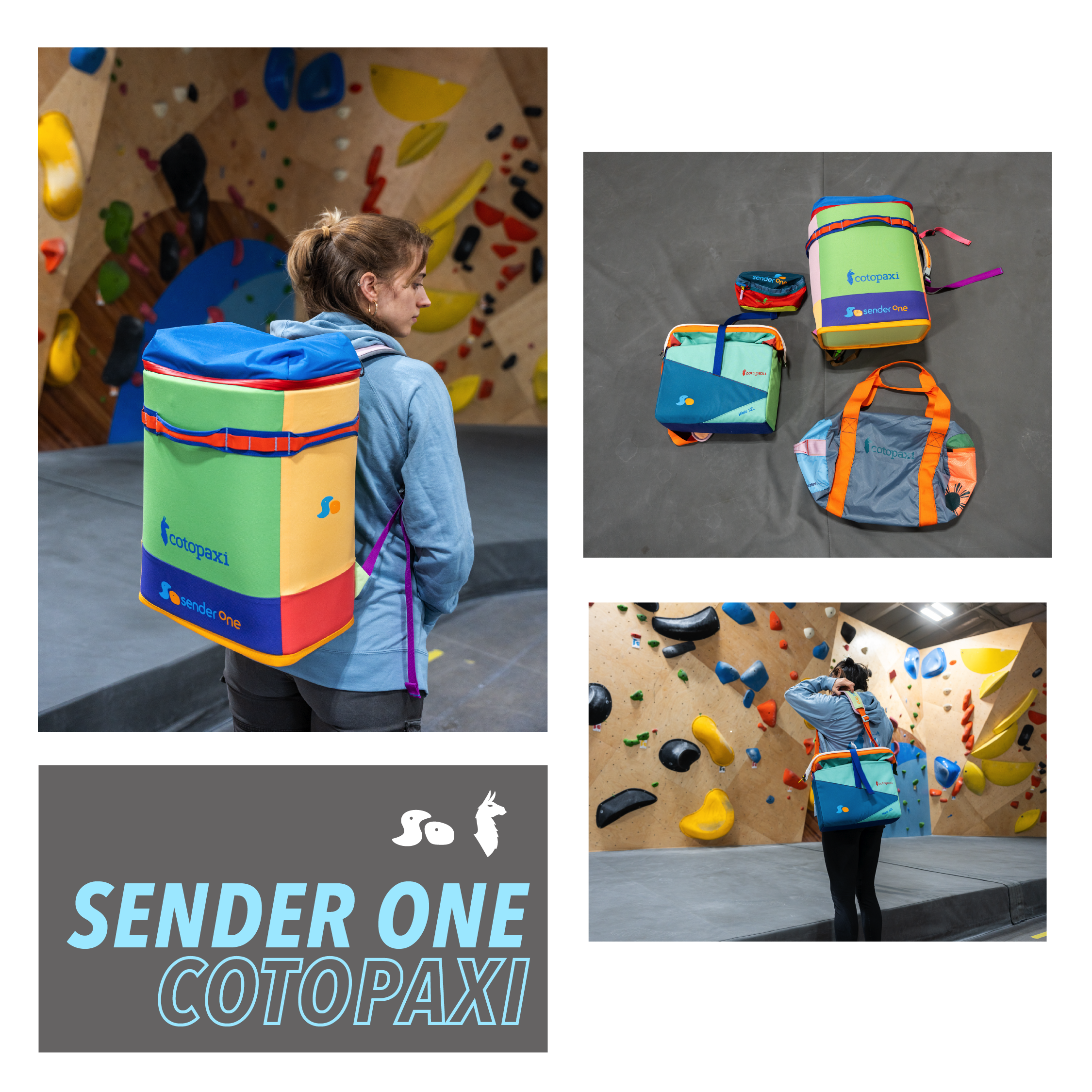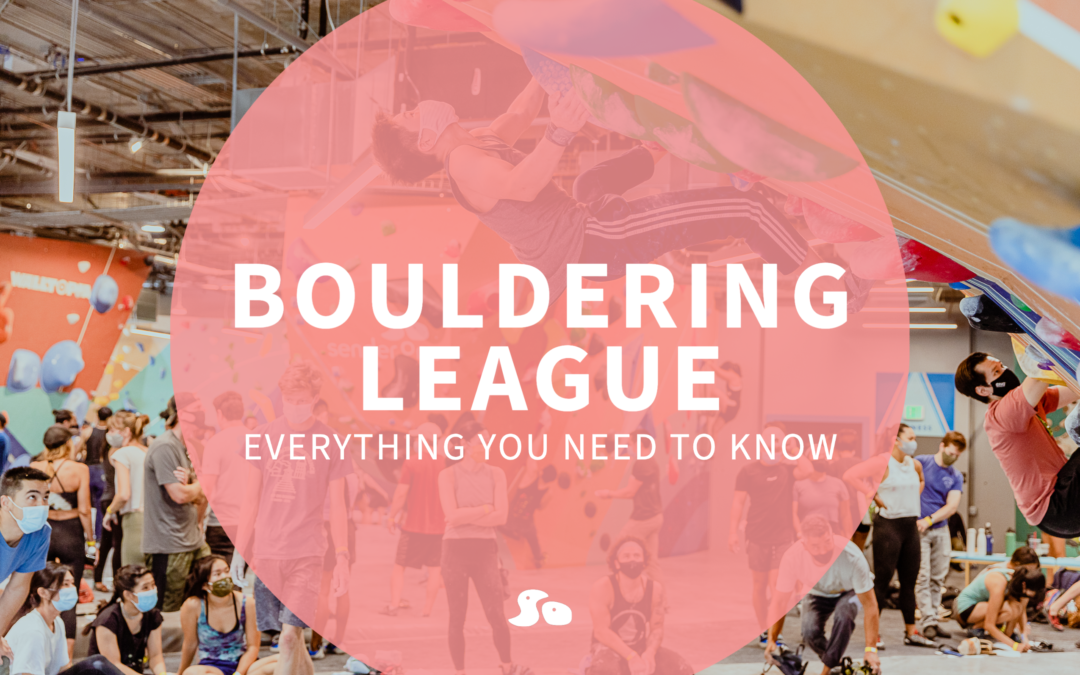
Bouldering League: Everything You Need to Know
the contentBouldering League season is here and we have everything you need to get started! If it's your first time participating you should know that bouldering league is not just any community event - it's where teams climb together to score based on progress, not just prowess.
Whether you are brand new to climbing or have years of experience, you have an equal chance to win the ultimate title of Bouldering League Champion! The best part is, participants receive perks including:
- a Bouldering League shirt or tank
- entry in a raffle on finals night for a chance to win sweet swag
- to participate in 4 weeks of Bouldering League!
- to compete to win the title of Bouldering League champion and a coveted Bouldering League trophy!
To sign-up for Bouldering League or review more FAQs, check out our Bouldering League page.
If you are brand new to climbing, you can also check out our "Climbing 101: The Essentials" blog that will introduce bouldering grades, how to complete a route, climbing techniques, and more!
Setting a Handicap
In Bouldering League you compete against yourself to earn points. This is done by completing more difficult routes than you may normally as you progress over the 4-week Bouldering League period.
This is tracked by setting a handicap, which is the highest grade you can climb consistently. The more routes you complete at or above your handicap grade, the more points you earn for your team!
When you sign-up for bouldering league you will need to set your handicap. To estimate what you should set for your handicap, you can use the average* grade of the top 5 grades climbed during your last session or two.
If a handicap is set too low, Sender One may manually adjust it during Bouldering League to reflect a climber's true level. Here are some examples of setting a handicap:
*You can calculate the average by adding up the 5 grades, then dividing by 5.
Beginner Benny
Benny is newer to bouldering and climbs anywhere from a v0 to a v3, depending if he has time to project the route. Here are the top 5 grades he completed in his last session:
| v1, v1, v1, v2, v2 | v1, v1, v2, v2, v3 |
At first glance, we can see Benny can consistently climb v2s. His average grade is between a 1 and a 2, and he should choose one of those grades for his handicap. Let's assume Benny is able to flash v1s, and most of his v2s.
In this case, Benny should select 2 as his handicap.
Experienced Elizabeth
Elizabeth has been bouldering for over 3 years, and climbs anywhere from a v0 to a v7 depending if she has time to project the route. Here are the top 5 grades she completed in her last session:
| v3, v4, v4, v5, v6 | v3, v4, v4, v5, v7 |
At first glance, we can see Elizabeth can consistently climb v4s and some v5s. Her average grade is betwee a 4 and a 5, and she should choose one of those grades for her handicap.
If Elizabeth completed the v5s after projecting during multiple sessions, she should probably set her handicap at 4. If Elizabeth completed the v5s after just a few attempts, she should probably set her handicap at a 5.
Scoring
Climbing for a Score
You will submit your scores once a week on the first day that you attempt the Bouldering League routes. Since you only get to earn points on the first day you climb the routes, be sure to leave it all on the wall that day!
You are welcome to come back and climb the Bouldering League routes again, they just won't count towards your score.
Earn points based on Handicap
While you can earn some points for completing routes below your handicap, most of your points are earned by completing routes at or above your handicap grade. Try to focus your energy on some of the more difficult routes since that's where you will score big time!
Flashing
Flashing means that you completed a route on your first attempt. Flashing a route will help you earn extra points!
Weighting
Bouldering League is all about rewarding progress. To reward progress, scores are weighted each week. This means that your score in Week 4 will count more towards your overall score than your score in Week 1. Here's an example of how weighting works (numbers may not be exact to what is used in scoring):
Week 1: score x 1
Week 2: score x 1.5
Week 3: score x 2
Week 4: score x 2.5
Individual Scores
Each week you will complete as many routes as you can in one session, and submit all of them for a score. However, only the top 5 scores earned will be used to calculate your total score of that week. Since you won't know which route will earn more points, be sure to submit them all!
If you aren't able to complete 5 routes that's okay. You may miss out on a few points but you can make up the points next week!
Team Scores
In your team of 4, only the 3 top scores each week are used for your total score. This is helpful if a teammate is unable to participate that week, or if someone is just having a high-gravity week!
What to expect
When to Climb
You can climb for your score any day of the week, from setting day (varies by location) until Sunday @ closing. Just remember to submit your scores on the first day you climb.
While it's not required, we encourage everyone to climb as a team to meet new friends and cheer each other on!
Bouldering League Tags
Bouldering League tags look different than what you normally see in the gym. They have a design of a trophy, and are numbered usually from 1-22 (may vary by location). When you come in to climb for Bouldering League, you can climb any (or all) of these routes to try and earn points.
Since these tags only have the route number, the grade of each route in Bouldering League is a mystery - so try as many routes as you can and spend extra time on routes that seem within your range!
Comradery
One of the best things you can expect from Bouldering League is the comradery between every climber. While it's a competition, the climbing community never ceases to support and encourage one another. If you find yourself struggling near the top of a climb and suddenly hear some clapping and yelling, you can bet it's everyone below cheering you on to make that final move!
Scorecards
Paper scorecards will be available at the front desk to pick up on your way in. When you complete a Bouldering League route (indicated by the special tag), you will write down the number of the route you completed, if you flashed it, and get a witness to sign-off. Here's an example:
| Route Number Completed | Flashed? | Witness |
| #8 | Yes | Witness Signature |
Submitting Your Score
On your paper scorecard you'll find a QR code. Each week you'll scan this QR code to submit your scores when you're done climbing!
Tracking Your Score
At the end of each week scores will be posted via Facebook on our Sender One Bouldering League page. Scores will also be shared via Instagram on the account where your Bouldering League is being hosted. Follow your Sender One location to get updates: @senderone_playavista, @senderone_lax, @senderone_sna.
